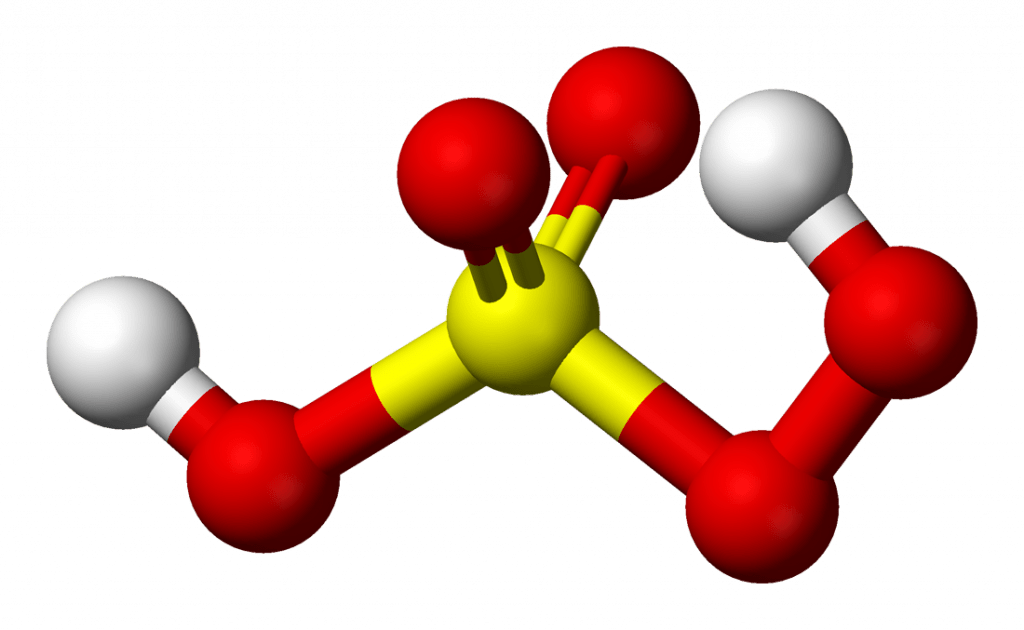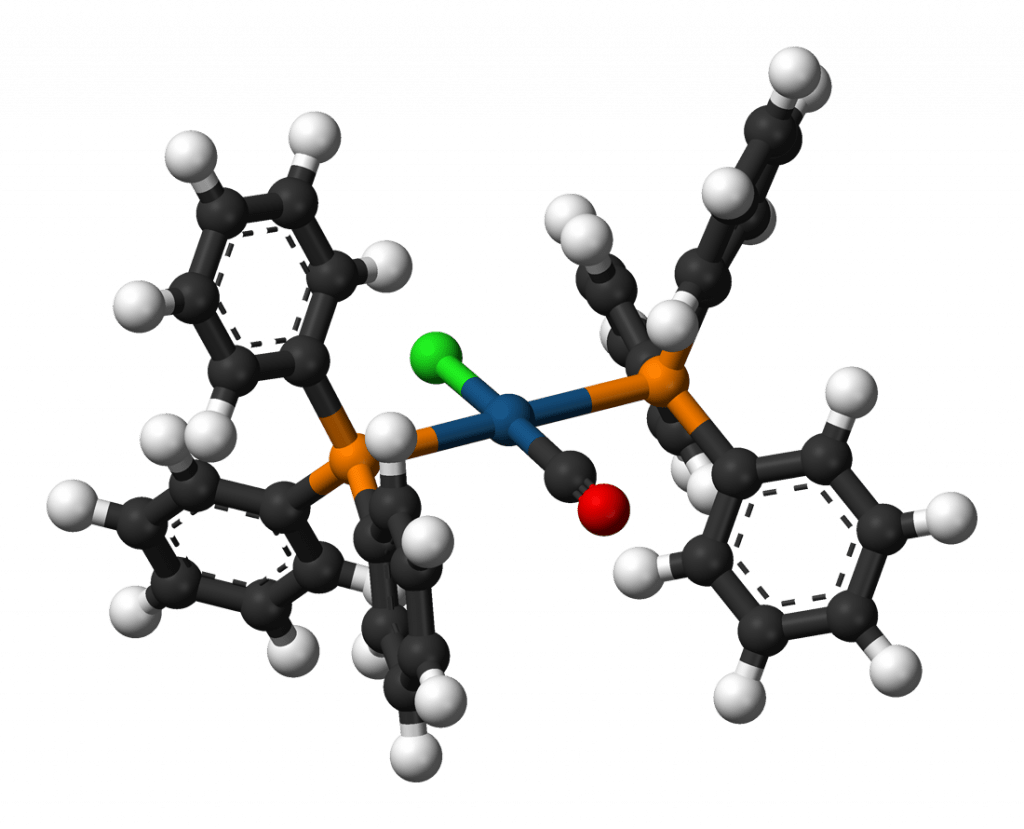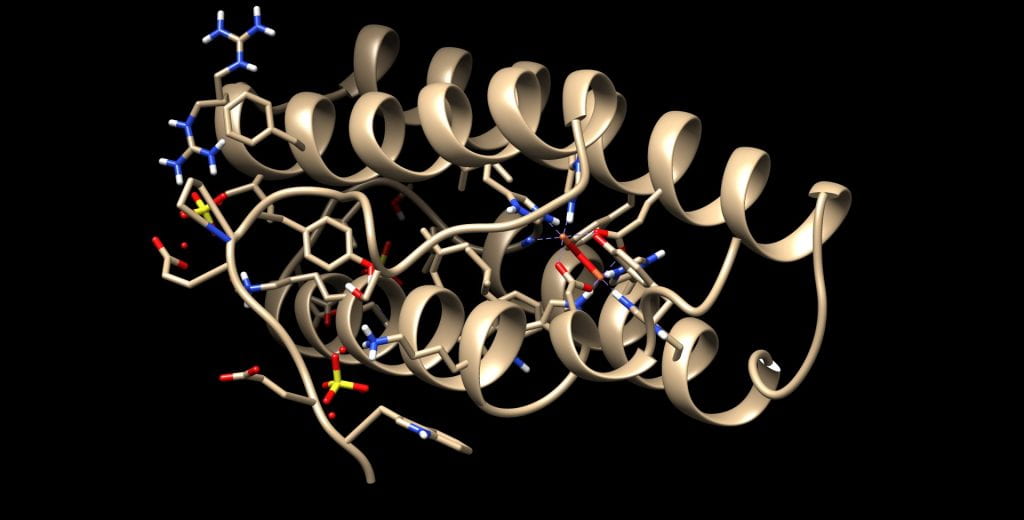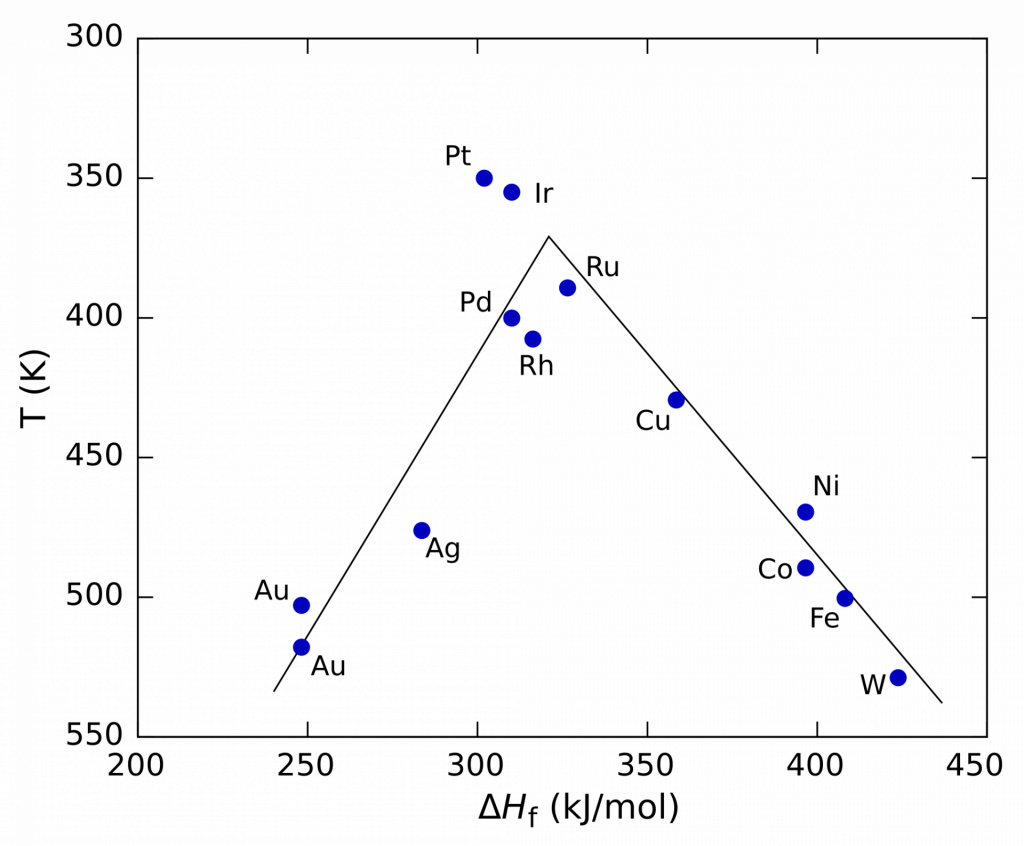Courses Taught by Prof. Schlaf
Note: Access to Course Outlines, Lecture Notes, etc., will be through the University of Guelph CourseLink website (UG login and password required).
CHEM 3640 – Chemistry of the s- & p- Block Elements (Main Groups)
Objective of the course
This course aims to give a comprehensive introduction to concepts used by inorganic chemists to describe the structure, properties and reactivity of compounds of the main group elements. The most important of these concepts that the course will cover are: Electronic Structure of Atoms, Symmetry, MO theory, Acids & Bases, Structure of Solids, Trends in the Periodic System. In addition a brief overview of the substance chemistry and some technical and industrial application of the main group elements will be discussed.
In the lab portion of the course, students will then have the opportunity to observe some of these concepts “in action”.
Prerequisites: CHEM 2060 & 2070.
Suggested complementing course:
- CHEM 3860: Quantum Chemistry
- CHEM 3870: Symmetry and Spectroscopy
- CHEM 3750: Organic Chemistry I
- CHEM 3760: Organic Chemistry II
CHEM 3650 – Chemistry of the d-Block Elements (Transition Metals)
Objective of the course
This course aims to give a comprehensive introduction to concepts used by inorganic chemists to describe the structure, properties, and reactivity of compounds of the transition metals. Very strongly suggested accompanying courses to this course
Prerequisites: CHEM 2060 & 2070.
Suggested complementing course:
- CHEM 3860: Quantum Chemistry
- CHEM 3870: Symmetry and Spectroscopy
- CHEM 3750: Organic Chemistry I
- CHEM 3760: Organic Chemistry II
CHEM 4630 Bio-Inorganic Chemistry
Objective of the course
This course gives an introduction to the structural and functional roles of metals in biological systems with a particular emphasis on metalloproteins and the structure of and catalytic reactions at transition metal centres in those proteins.
Prerequisites
- CHEM 2580
- CHEM 3650 (can be taken concurrently)
Software for this course:
RASTOP: http://www.geneinfinity.org/rastop/
CHIMERA: http://www.cgl.ucsf.edu/chimera/
Chem 4620 | 7105/7100 – Homogeneous and Heterogeneous Catalysis
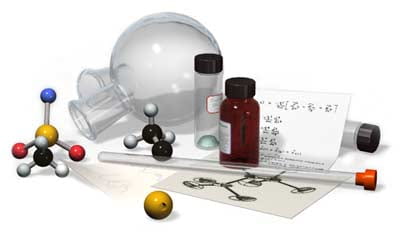
(GWC)2 Graduate Course and/or 4th Undergraduate Course
Objective of the course
Next to the mining and processing of metals (i.e., metallurgy), catalysis is arguably the most important technology underpinning our civilization.
The production of almost everything – e.g., fertilizers, fuels, lubricants, polymers, detergents, drugs – depends on catalytic processes.
This course will provide an introduction and overview of the field of catalysis discussing both heterogeneous supported metals and homogeneous transition metal complexes focusing on
- general principles and reaction patterns of catalytically active metal centres in complexes and on surfaces
- mechanisms: kinetic and thermodynamic parameters and how to determine them
- activation of small molecules such as hydrogen, carbon monoxide, carbon dioxide, methane, ethylene, propylene, ethylene oxide, etc.
- large scale industrially relevant processes and their socio-economic importance: the chemical supply chain and sustainability
- chemo-, regio-, and enantio-selective processes to high-value added products
The ultimate objective of the course is to provide you with the know-how to understand the mechanisms of any catalyzed reactions and have some insight into the principles of catalyst, reaction and process design. The course will be – as much as possible – conceptual in nature and thus should be suitable for students in any field of chemistry (inorganic, organic, physical and analytical) with 3rd year level undergraduate courses in inorganic and organic chemistry.



